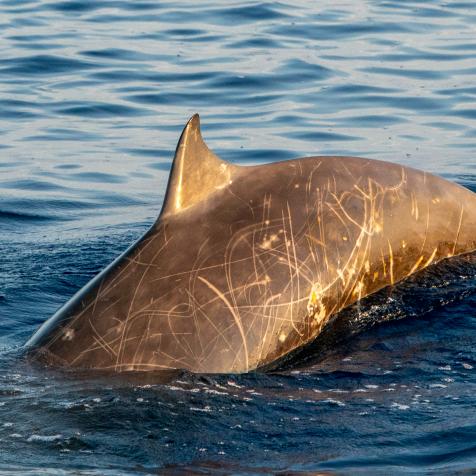
Barbara Rich
America’s Mammoth Effort to Save the Monarch Butterfly
The monarch butterfly is one of the most recognizable species in the country. Its bright orange wings framed with black speckled trim and shadowed veined stripes has earned the species the name of “common tiger” in some regions.
They are one of the most prolific pollinators in the nation and their habitats support a variety of animals including pheasant, quail, and waterfowl. The eastern North American population is notable for its annual southward late summer to early autumn migration from northern America and southern Canada to Florida and Mexico. During this colossal journey, the butterflies, which weigh less than a gram, cover up to 2,000 miles.
Home Territory Threatened

stanley45
However, habitat loss and fragmentation have decimated the monarch’s home. Pesticide use is destroying the milkweed plant that they need to survive. Particularly in the American midwest “corn belt”, where most of the world’s monarchs lay their eggs on the milkweed plants that grow in agricultural fields, there has been indiscriminate spraying of pesticides.
The milkweed plant is instrumental to the monarch’s very existence. Its disappearance from crop fields is alarming scientists, and the future does not look promising. “It is unlikely that common milkweed will return to earlier densities in crop fields under current crop production practices,” one paper found.
Climate change undermines the previously stable weather conditions and predictable flower seasons that monarchs need to carry out their migration.
Monarch Census
Monarch populations that winter in Mexico have plummeted by more than 80% since the mid-1990s and had a 53% decline from 2019 to 2020. Even those that remain in California for the winter have declined. The count in 2017 showed there were just 29,000 butterflies compared to 1.2 million two decades before that. By the end of the century, the International Monarch Reserve in Mexico, which is the monarchs’ primary habitat down south, is expected to become climatically unsuitable.
The Center of Biological Diversity is fighting to win the species protection under the Endangered Species Act. In March 2020, the Center and more than 100 other groups called on Congress to significantly increase funding to $100 million per year to help conserve monarch butterflies and their habitat.

Douglas Sacha
“In monarchs' overwintering groves, there were once so many butterflies that the sound of their wings was described as a rippling stream or a summer rain,” the CBD said. “Early newspaper descriptions described branches breaking under the weight of so many butterflies and depicted the masses of monarchs as ‘the personification of happiness’.”
The US government, in turn, is asking the American public to help save the butterfly. The US Fish & Wildlife Service wants individuals to plant milkweed and nectar plants native to their area. “There is no one group or agency responsible for providing habitat needed for monarch conservation,” a statement from the agency reads. “All organizations, agencies, and individuals must work together to improve, restore, and create grassland habitats to save monarchs.”
In May, the USFWS announced an agreement in conjunction with the University of Ilinois at Chicago that encourages participant landholders to dedicate some portion of their lands to monarch conservation management. In exchange, they'd received flexibility on regulations on the rest of their lands.
More than 45 transportation and energy companies, as well as dozens of private landowners, have agreed to create or maintain “rights-of-way” corridors across the country.
But, with the numbers of monarchs continuing to decline by rapid numbers, it looks as though it will take the entire population of America to save them.


















